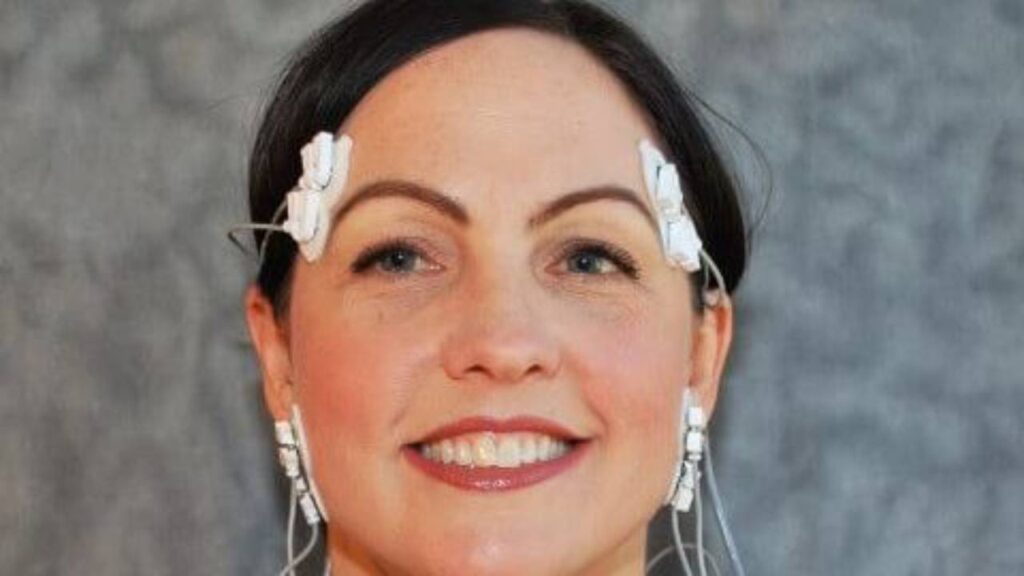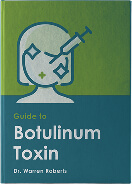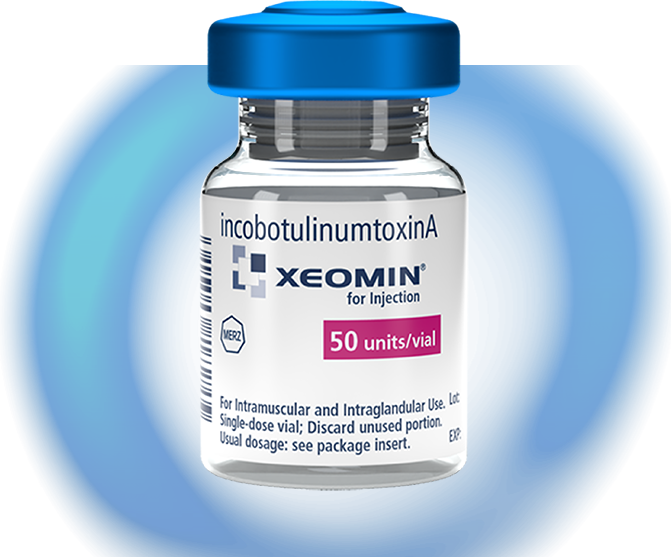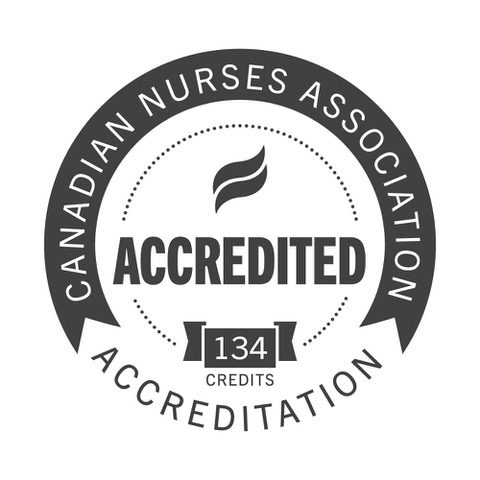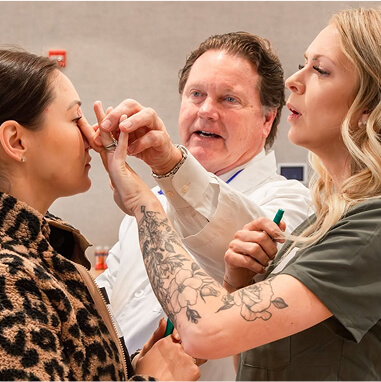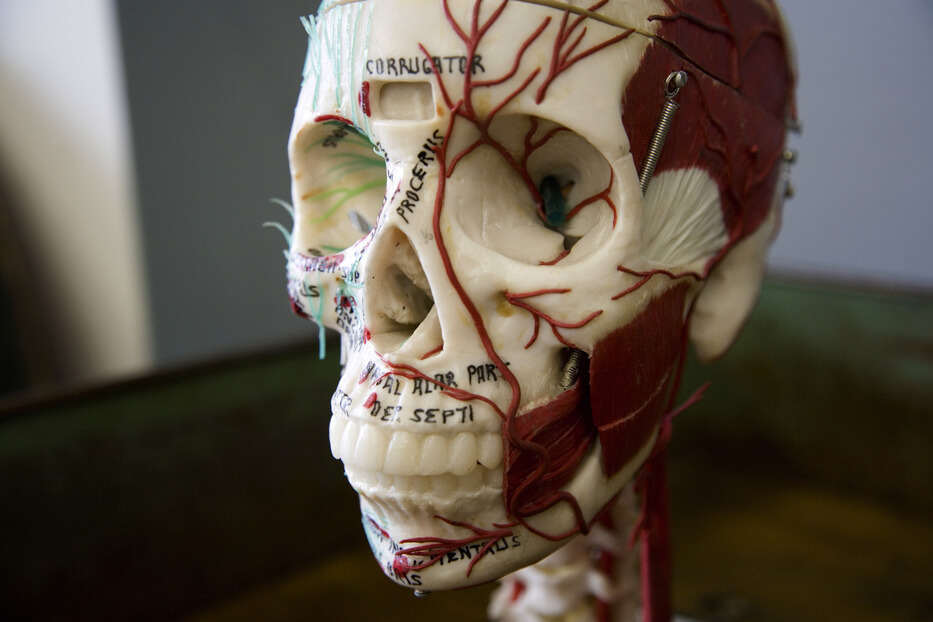Botulinum Toxin (aka Botox/Dysport) has become a recognized modality for treating myofacial pain including migraines, headaches, TMD, bruxing, clenching grinding, etc. However, many dentists and physicians are unaware of the importance of incorporating EMG (electromyograph) analytics into their diagnoses and treatment planning.
Traditional Botox Therapeutic Treatment
Traditionally practitioners have relied on injection templates from the manufactures to treat pain. This method relies on guess work and does not incorporate a proper diagnostic tool. Utilizing EMG can assist the practitioner determine which muscles are contributing to the problem and at what level. EMG also helps to determine when each muscle is becoming overactive again so re-injection can be properly timed to prevent recurrence of symptoms.
So, What are EMG’s?
Electromyographs (EMG’s) are a medical device used to measure muscle response or electrical activity in response to a nerve’s stimulation of the muscle. Popular devices include Myotronic’s EMG. These devices are used to help detect neuromuscular abnormalities. During the test, electrode pads are placed on specific areas of the patient’s head and neck and surface electrical activity is recorded from up to eight muscle sites simultaneously in real time either at rest (relaxed) or in function (dynamic). The EMG scans provide an objective measurement of masticatory muscle electrical activity which accurately represents their physiologic state.
How are EMG’s Used with Therapeutic Botox Treatment?
Practitioners must first understand the three mechanisms of action of botulinum toxin: the first is on muscle, the second is on pain and the third is on the central nervous system (CNS).
For a TMD Case, an objective examination including EMG is performed. EMG provides the practitioner with diagnostic information, about which muscle is firing (Closing muscles (Temporalis/Masseter) fighting the Openers (Platysma/Daigastric)) and at what level. This in turn helps the practitioner determine the PTIFAT therapeutic injection template, including Botox dosage and the timing of re-injection. The patient is then marked using the PTIFAT Anatomic Marking Technique and photograph the markings are taken. Appropriate therapeutic Botox threshold dosage is then given.
Benefits of Incorporating EMG’s with Botulinum Toxin Injection Therapy
Incorporating EMG’s allows the practitioner to provide a high level of care by:
- Eliminating guesswork by determining which muscle that is firing and at what level
- Assists with determining which PTIFAT injection template and dosage to use
- Help keep the patient out of pain by showing when the muscles start to become active again. It is not necessary to wait until the pain returns. Once the EMG shows the muscle is becoming active once more, it is time to re-inject
- Improved patient records
For more information on how to incorporate EMG’s into your practice, we recommend the Level 2 and Level 3 courses.
